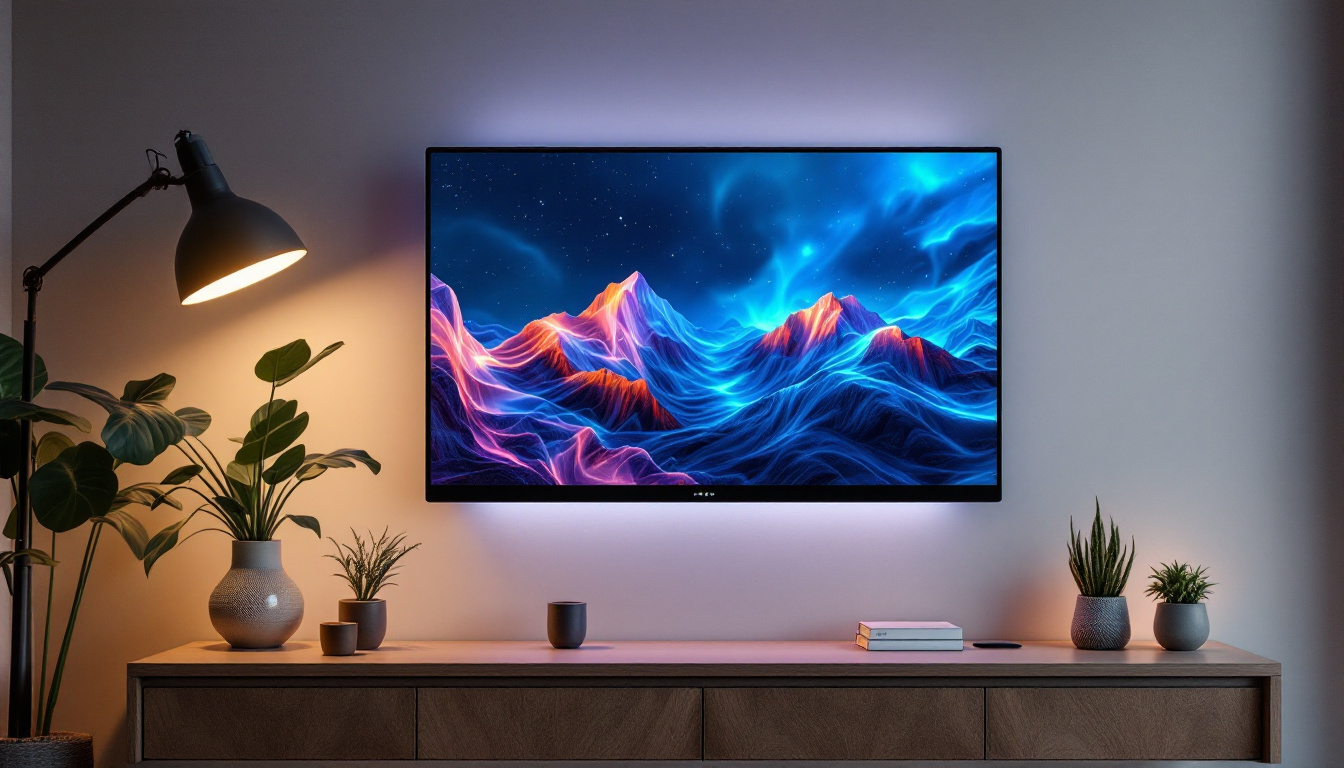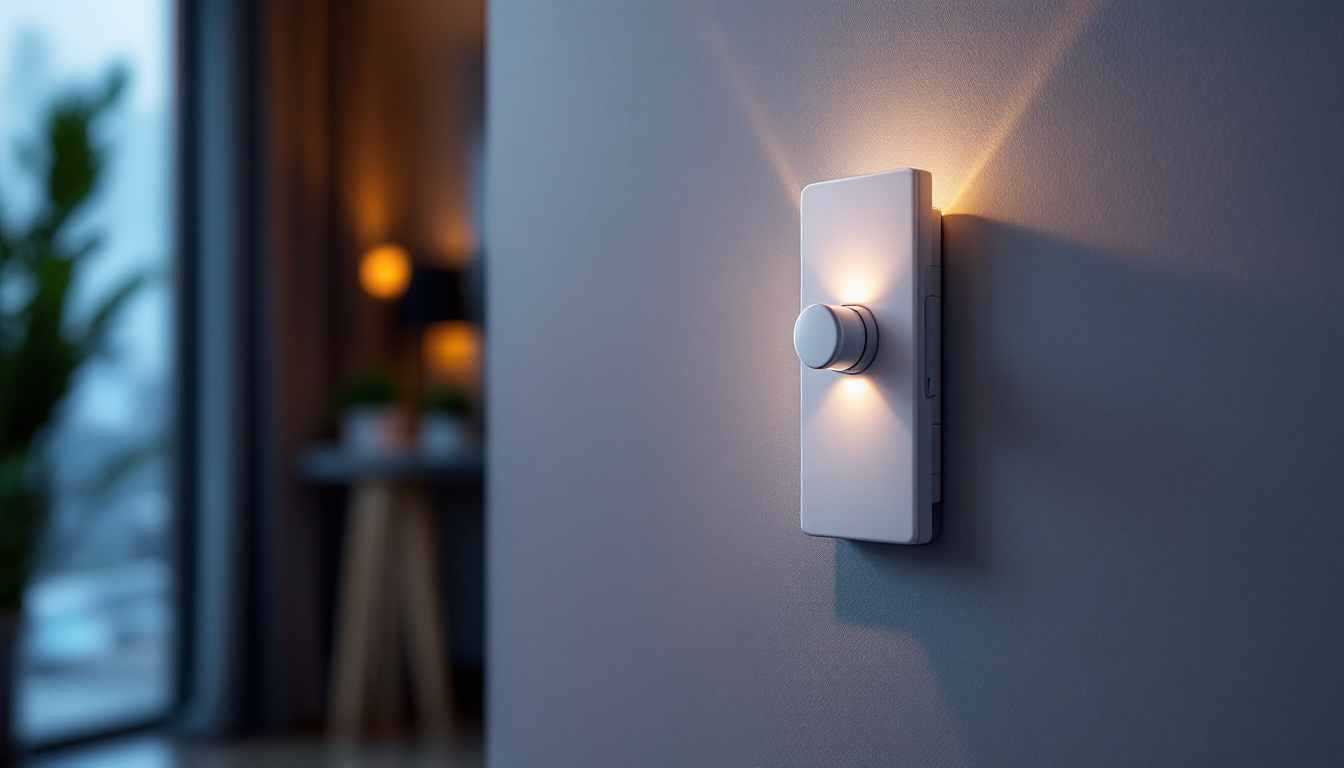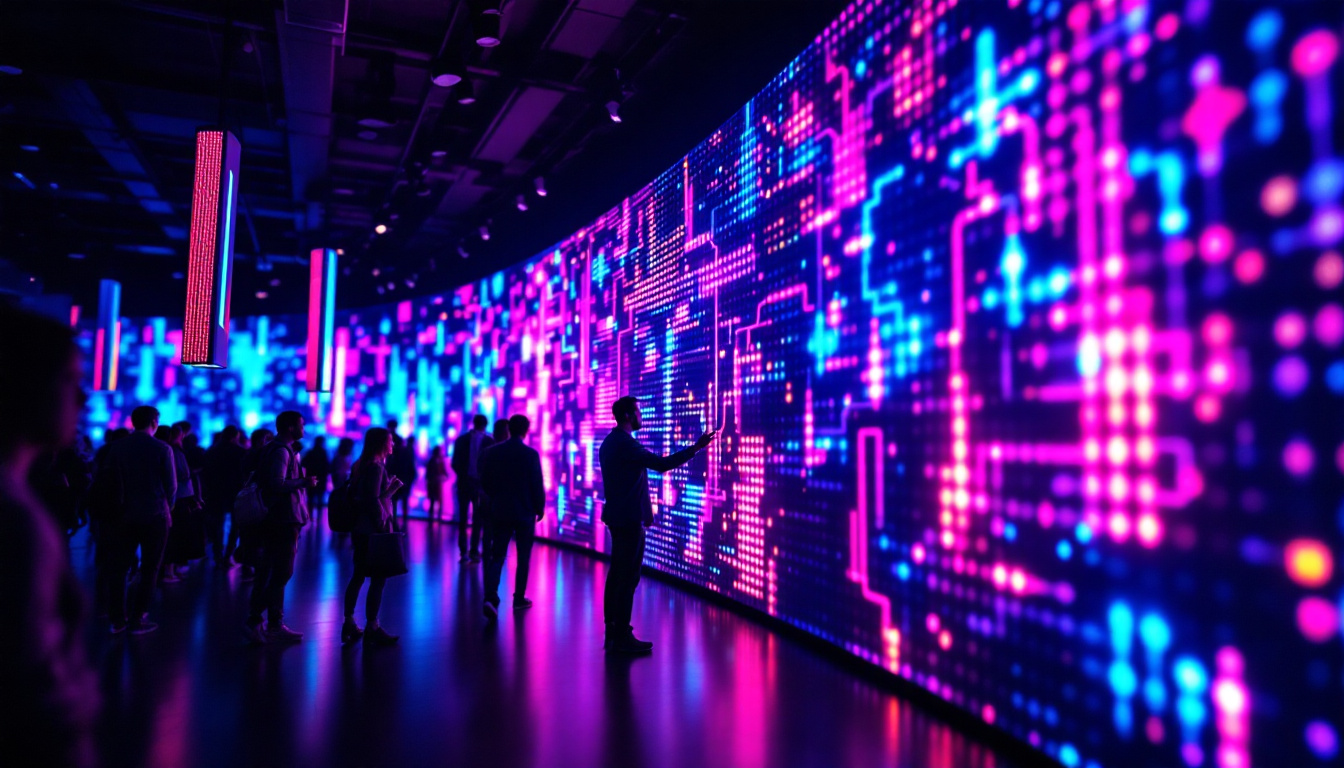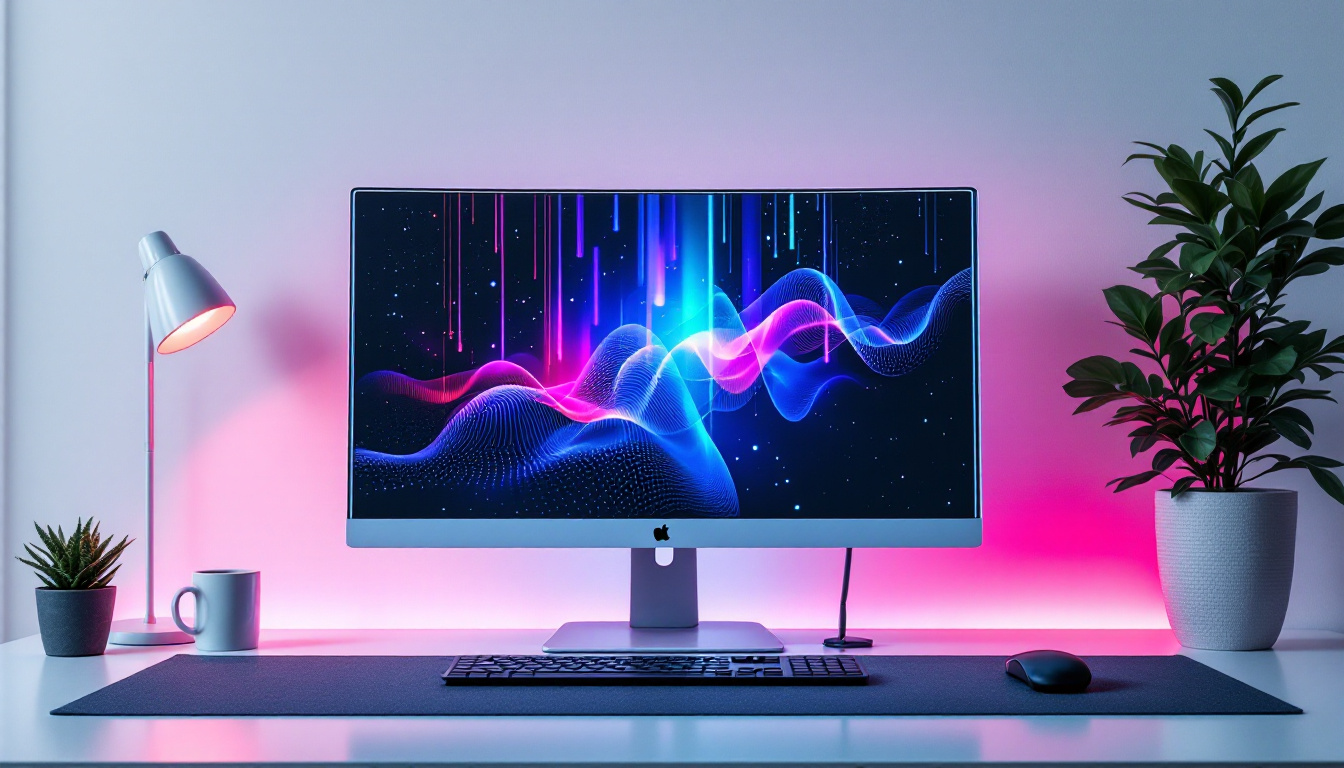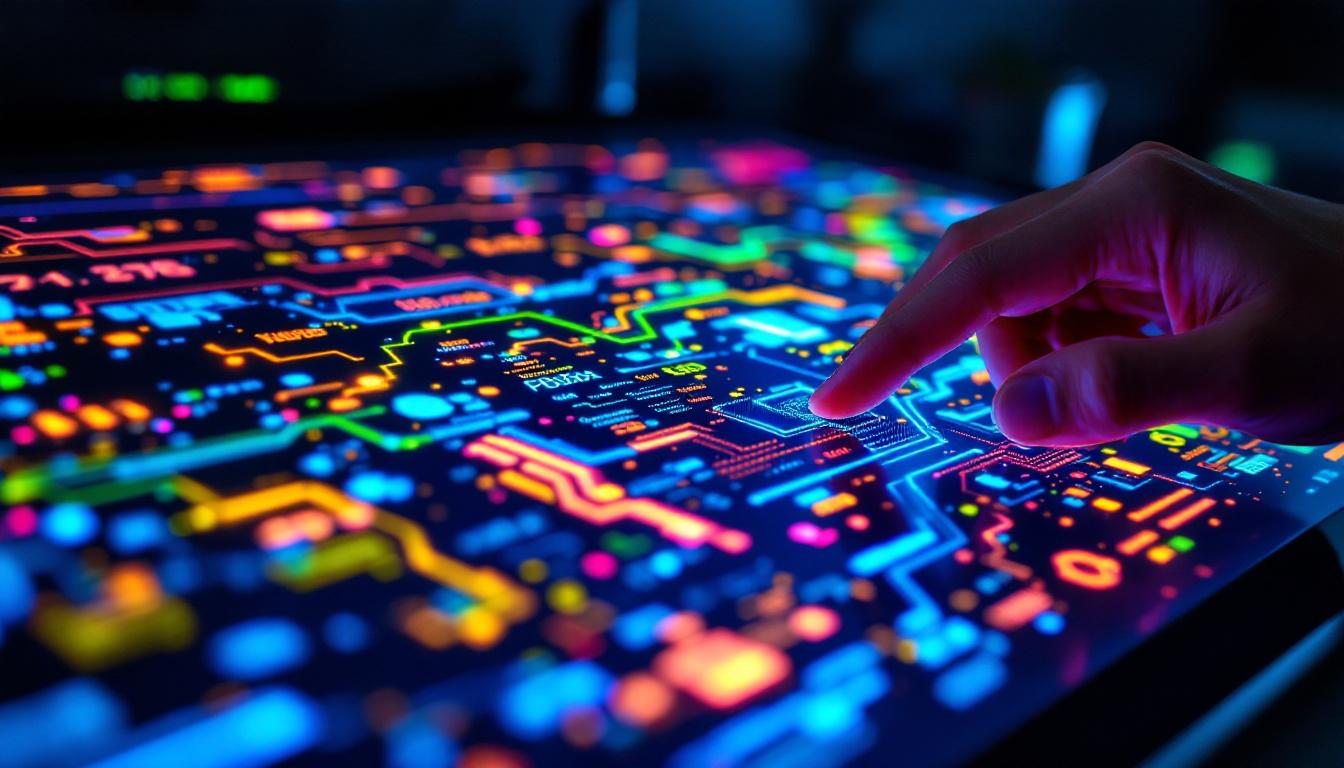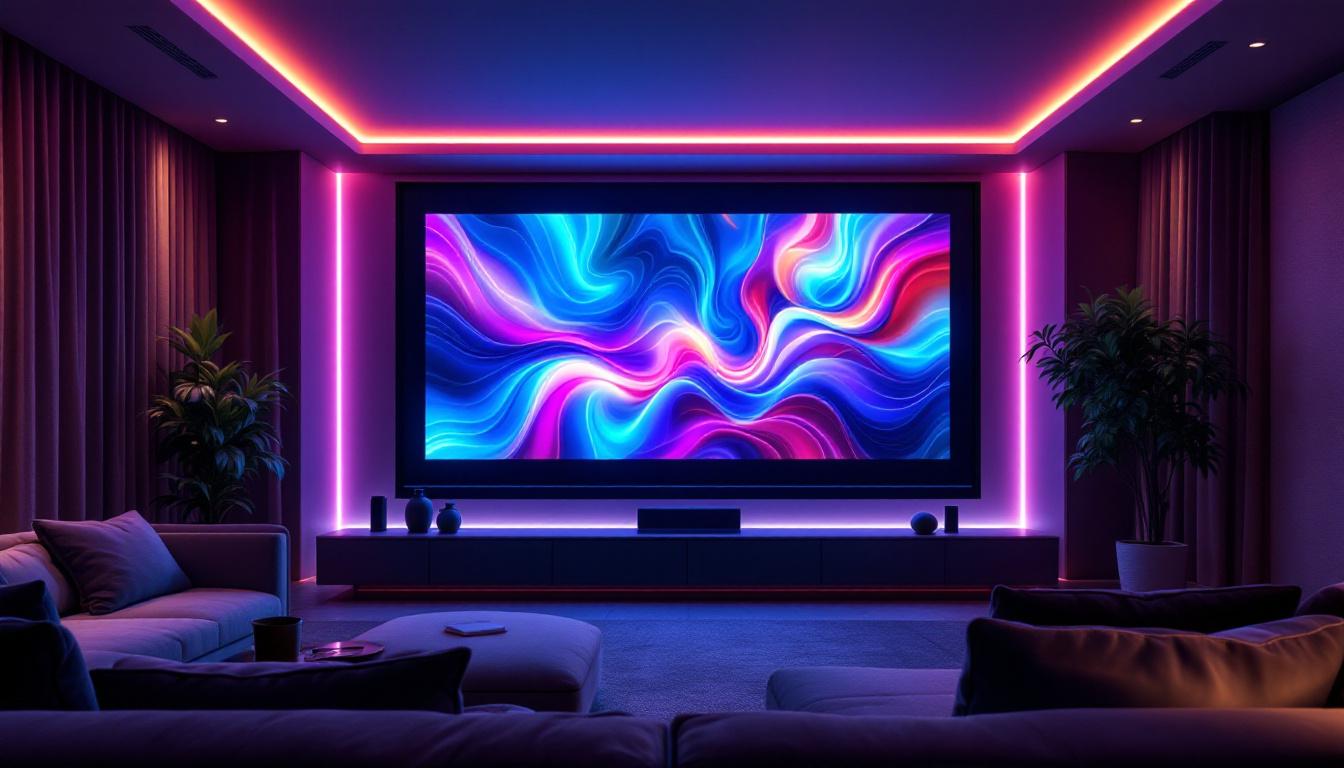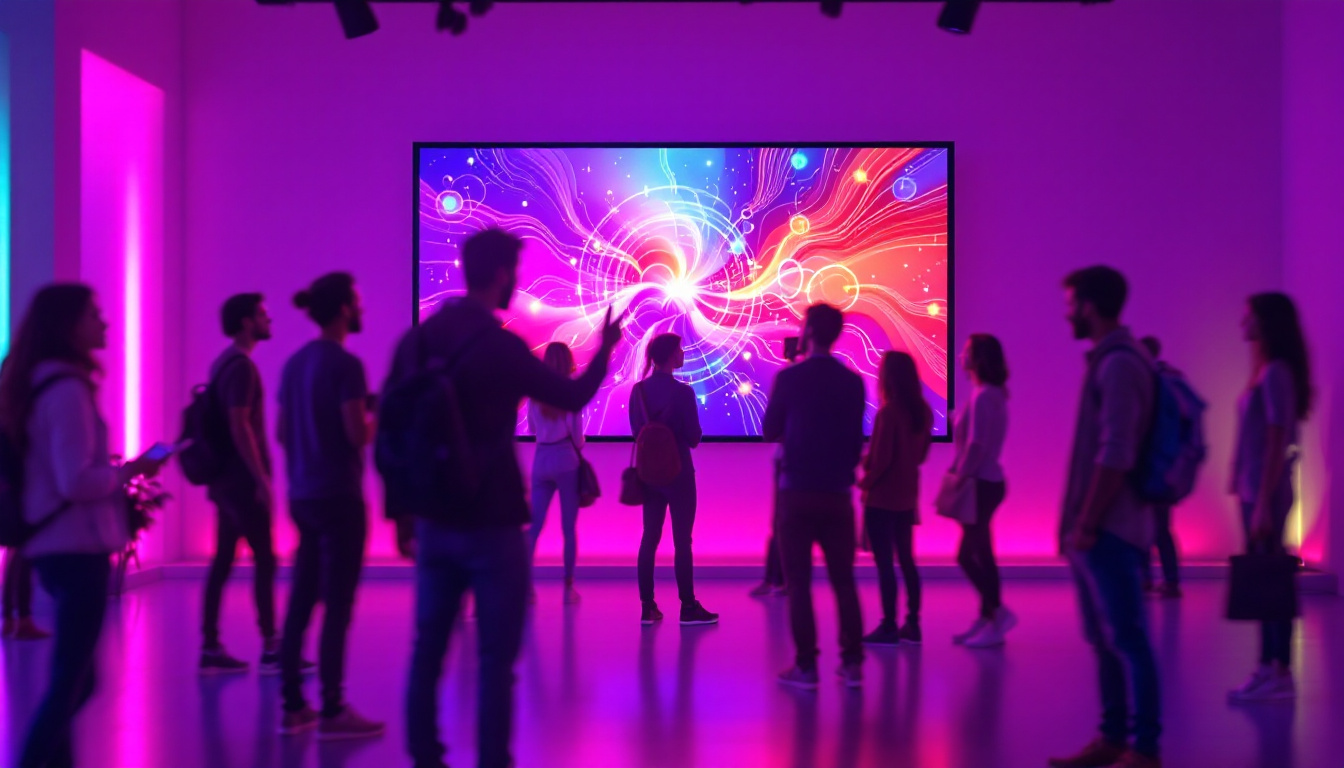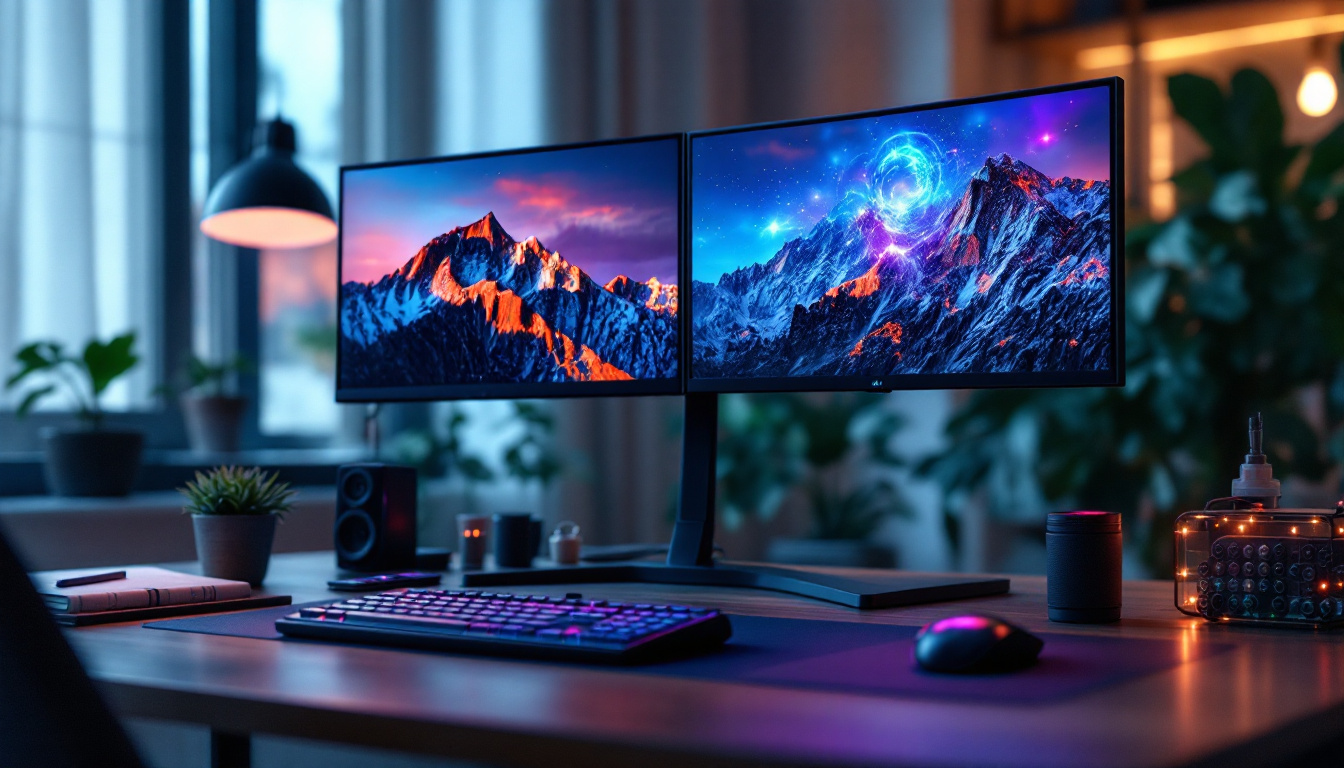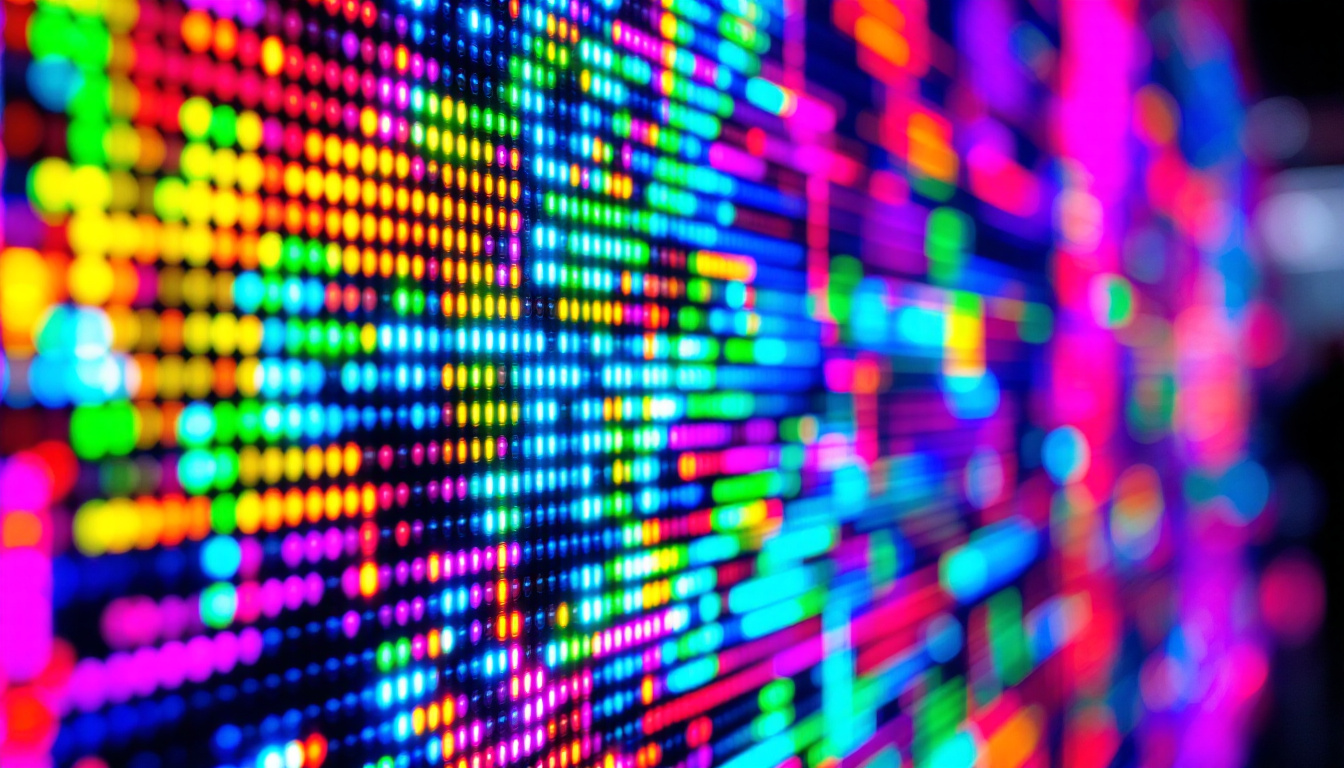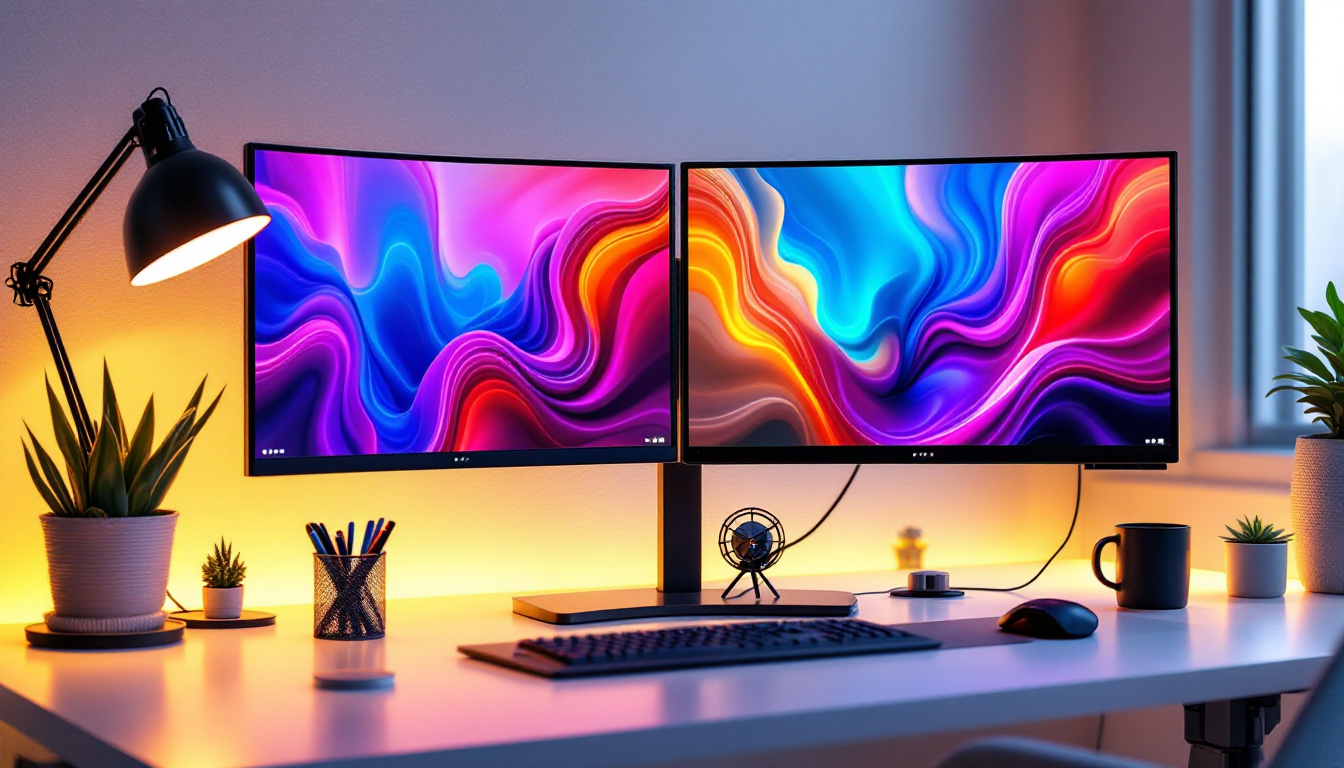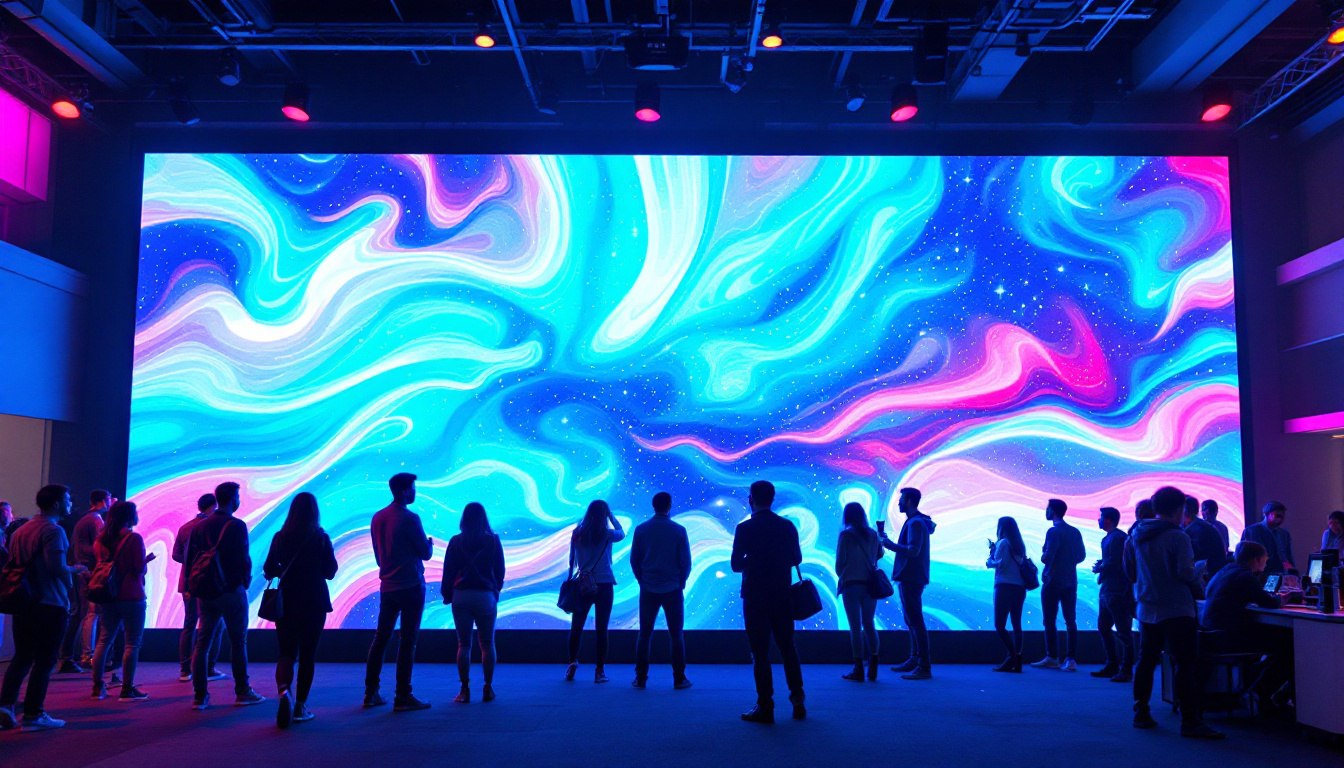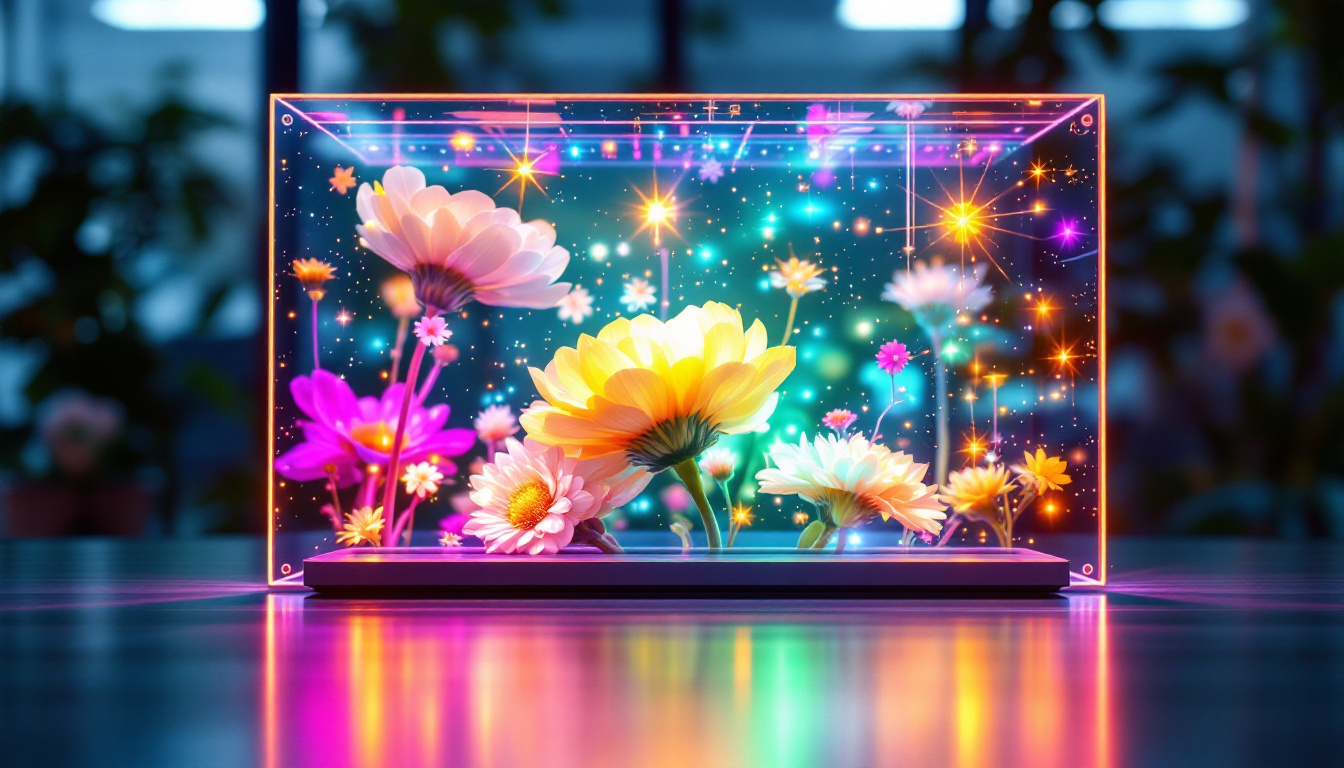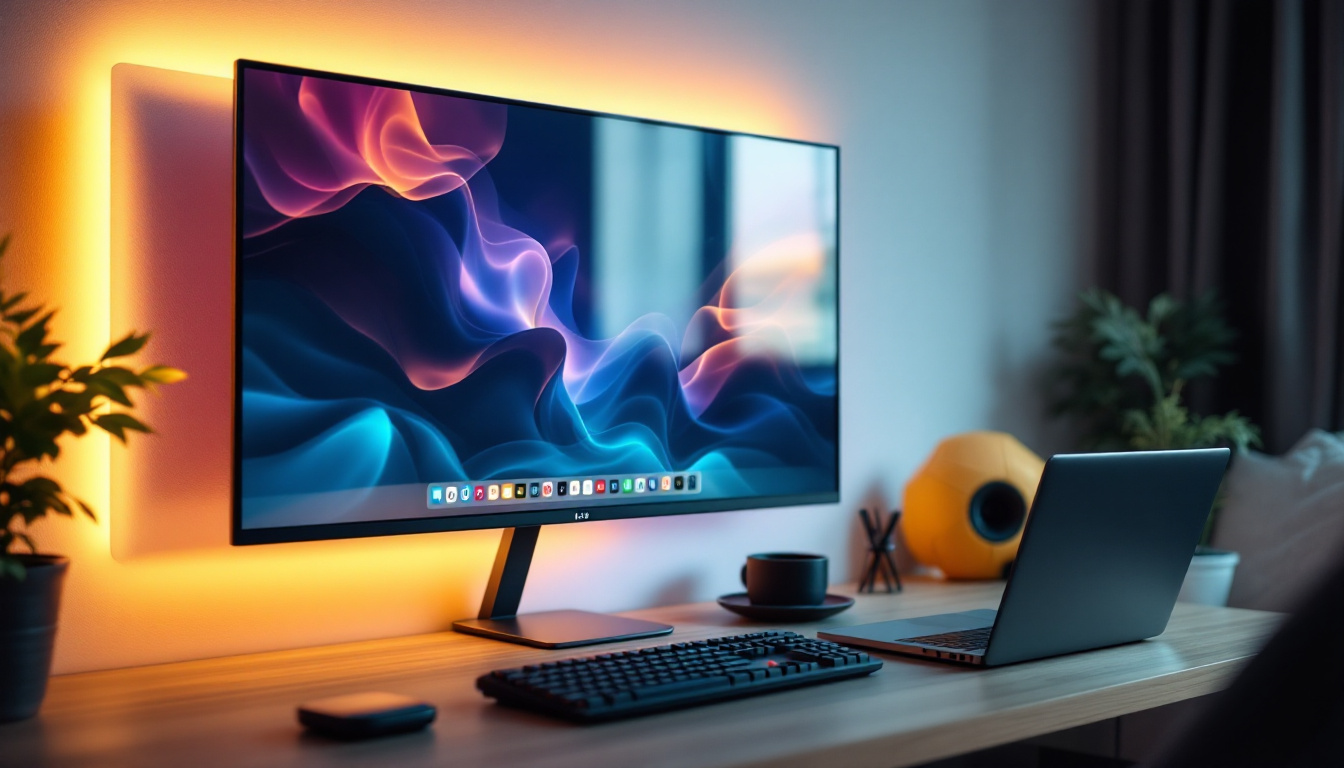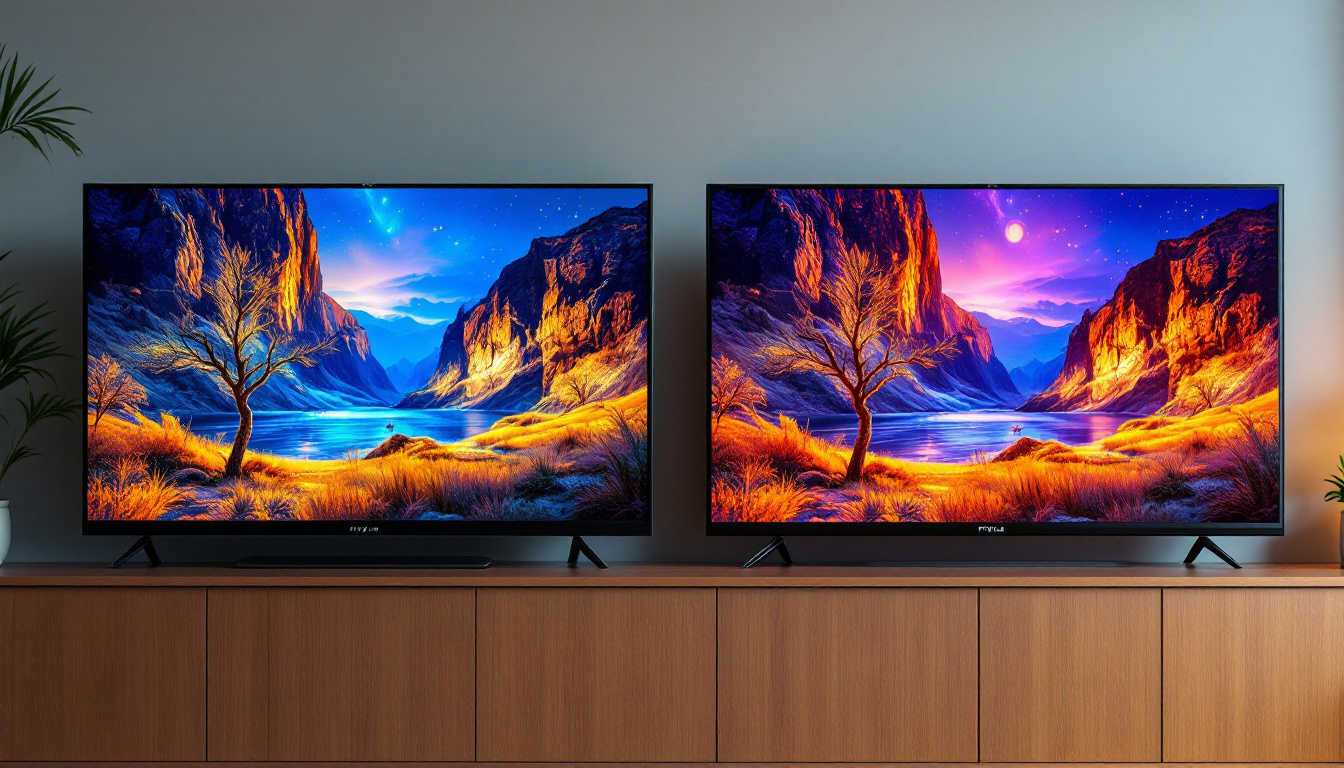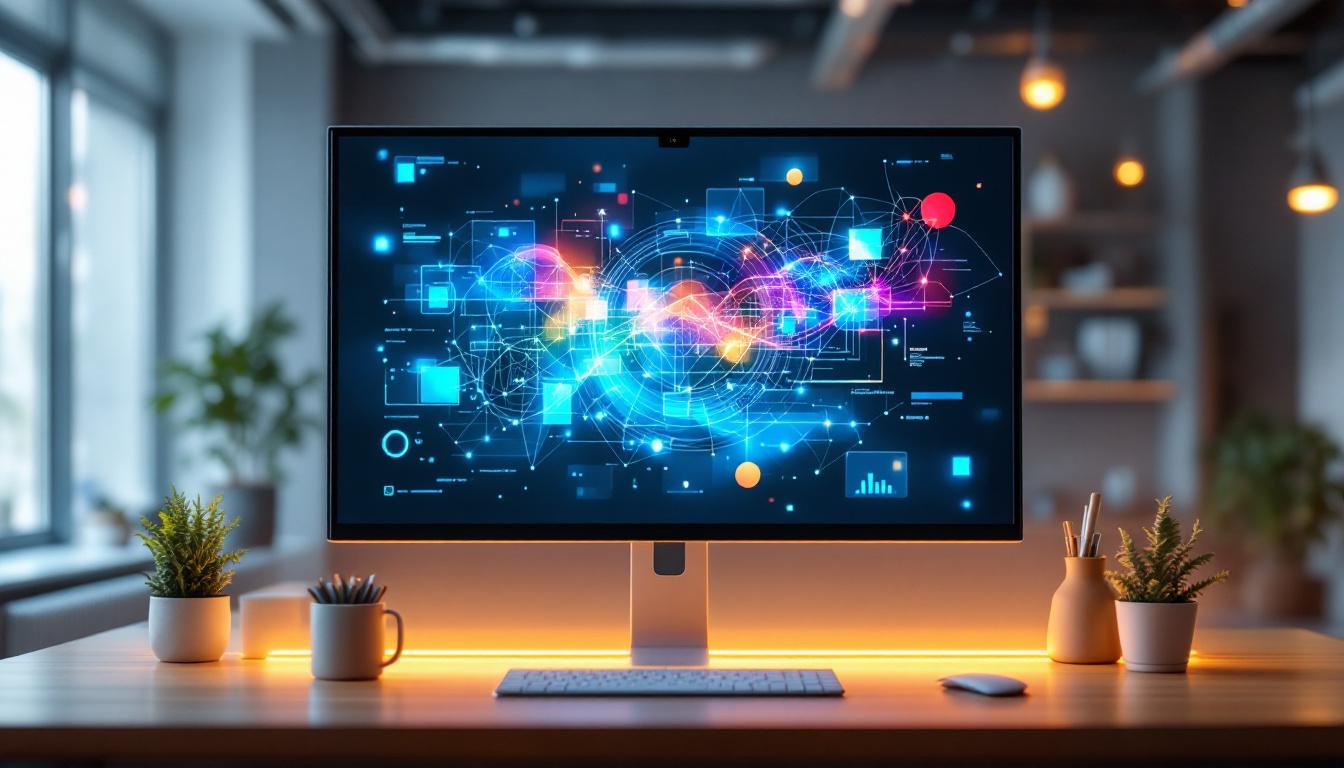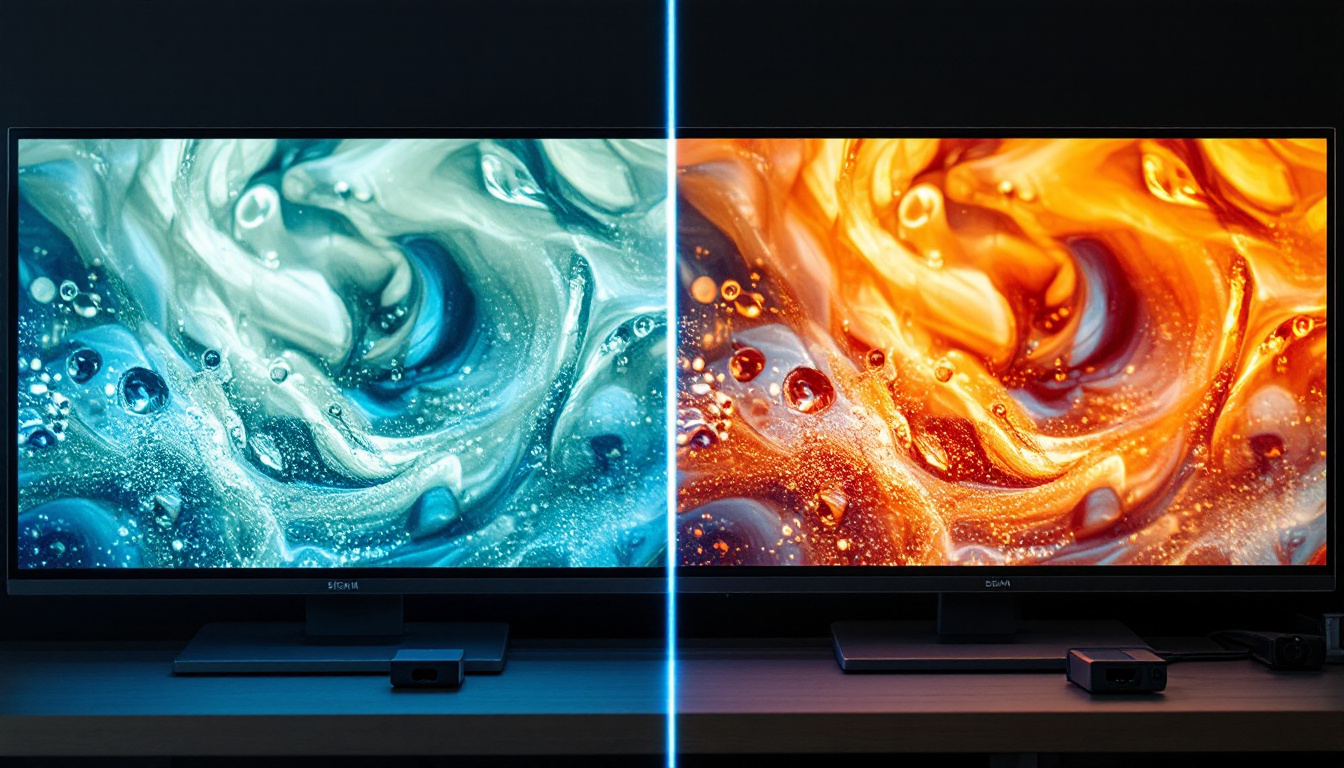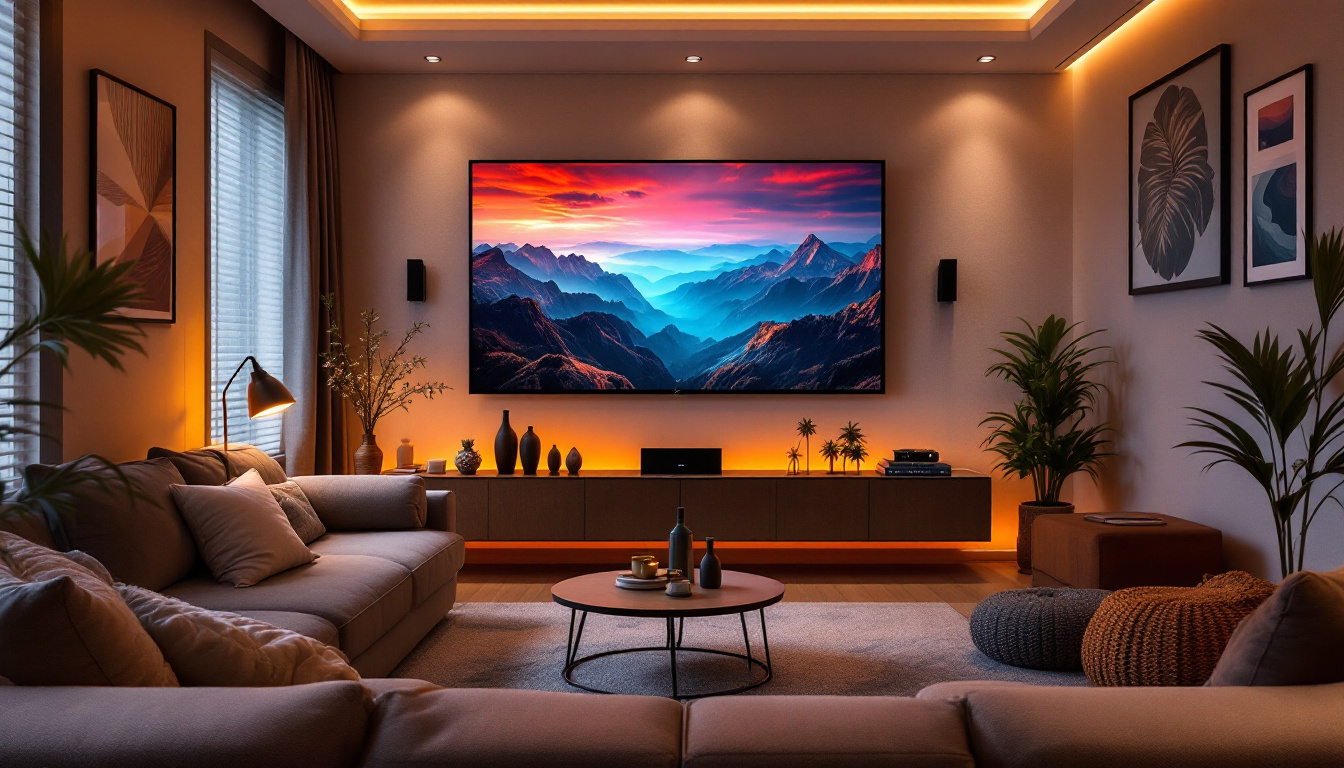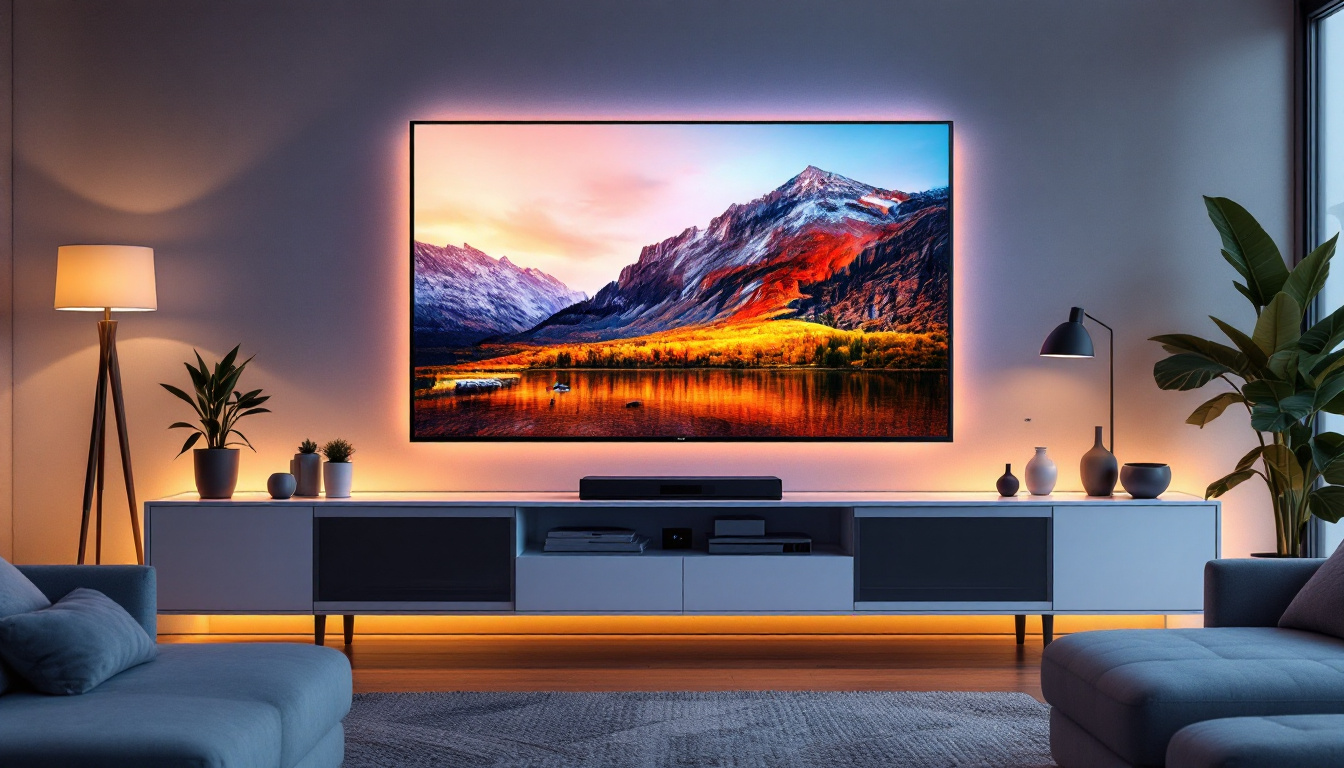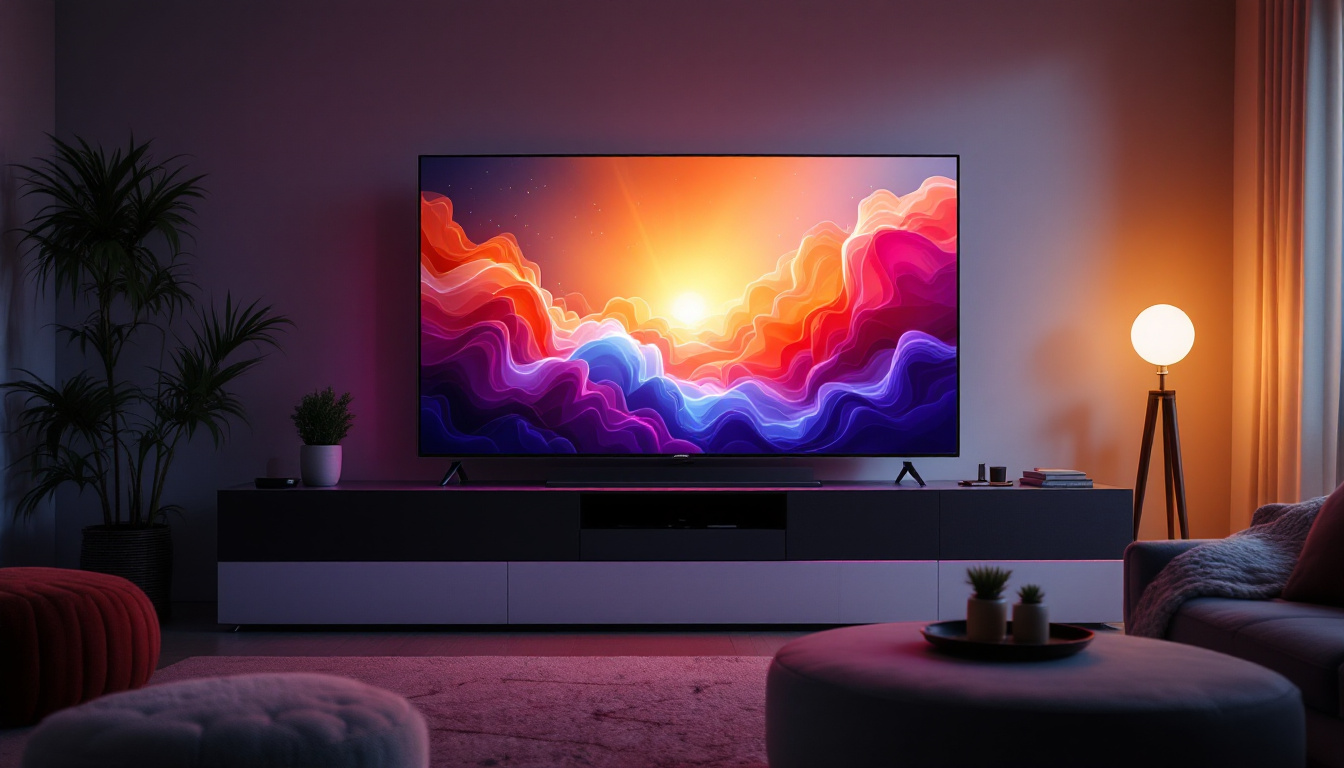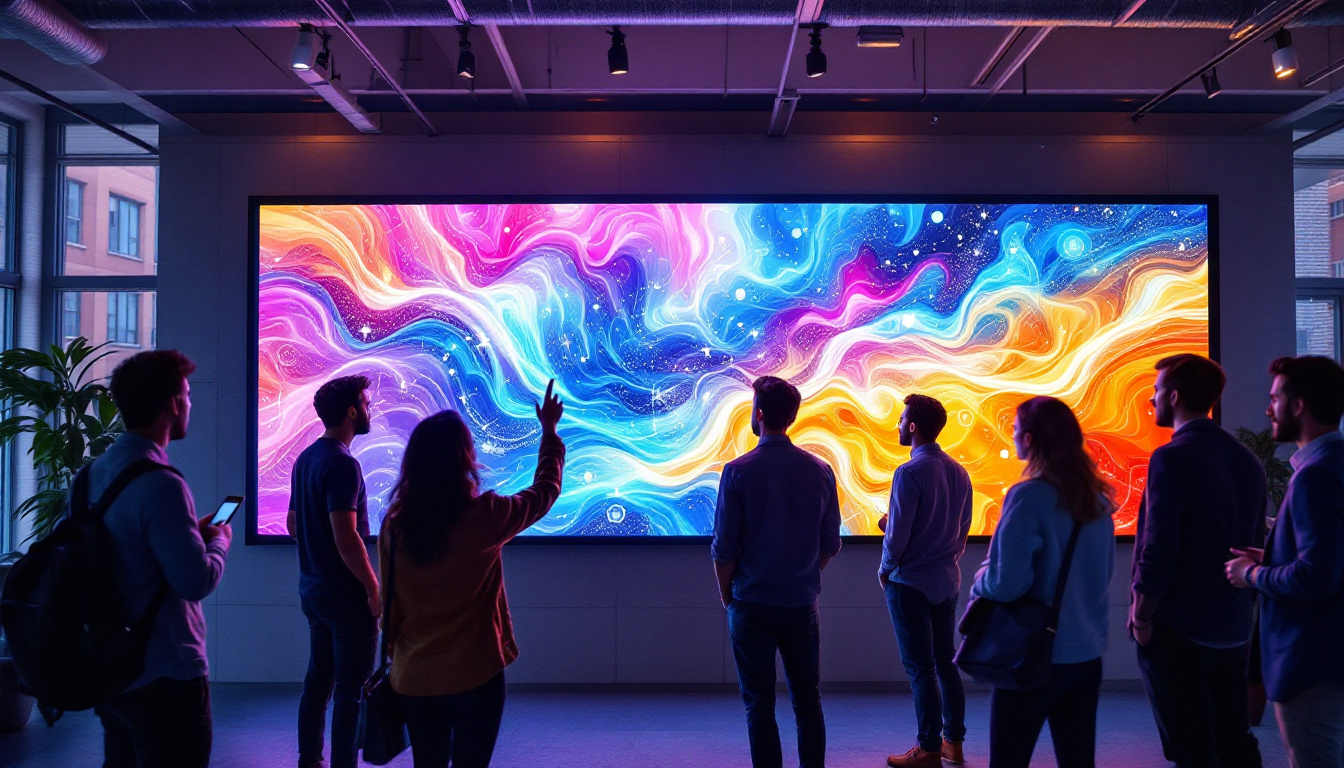In the realm of modern technology, the all-in-one computer has emerged as a popular choice for both home and office environments. These devices combine the monitor and computer components into a single unit, providing a sleek, space-saving solution. Among the various features that enhance their appeal, the LED display stands out as a key element. This article delves into the intricacies of wall-mountable all-in-one computers, with a particular focus on the LED display technology that powers them.
Understanding All-In-One Computers
All-in-one computers have revolutionized the way users interact with technology. By integrating all essential components into one device, they eliminate the clutter of traditional desktop setups. This design not only saves space but also enhances the aesthetic appeal of any workspace.
Key Features of All-In-One Computers
All-in-one computers come equipped with various features that cater to diverse user needs. They typically include high-performance processors, ample storage options, and integrated peripherals such as webcams and speakers. The seamless design often incorporates touch-screen capabilities, making them user-friendly and versatile.
Moreover, the wall-mountable aspect of these computers allows for greater flexibility in placement. Users can mount them on walls, freeing up desk space and creating a more organized environment. This is particularly beneficial in settings where space is at a premium, such as small offices or home workspaces.
In addition to their compact design, many all-in-one computers offer advanced connectivity options, including USB-C ports, HDMI outputs, and Wi-Fi 6 capabilities. These features ensure that users can easily connect to various devices and networks, enhancing productivity and facilitating seamless data transfer. Furthermore, some models come with built-in security features like fingerprint scanners, adding an extra layer of protection for sensitive information.
Benefits of Wall Mounting
Mounting an all-in-one computer on the wall offers several advantages. Firstly, it enhances ergonomics by allowing users to position the screen at eye level, reducing strain on the neck and back. Secondly, it minimizes the risk of accidental damage from spills or falls, making it a safer option, especially in households with children or pets.
Additionally, wall mounting can improve the overall aesthetics of a room. It creates a clean, uncluttered look, allowing for a more streamlined design. This can be particularly appealing in modern interiors where minimalism is valued.
Furthermore, wall-mounted all-in-one computers can often be paired with adjustable mounting brackets, which allow users to tilt or swivel the screen for optimal viewing angles. This adaptability is especially useful in collaborative environments, such as offices or classrooms, where multiple people may need to view the screen simultaneously. The ability to easily adjust the screen position can enhance presentations and discussions, making technology more accessible to everyone involved.
LED Display Technology
The LED display is a critical component of any all-in-one computer, influencing both performance and user experience. LED, or Light Emitting Diode, technology has gained prominence due to its efficiency and superior visual quality. Understanding how this technology works is essential for anyone considering an all-in-one computer.
How LED Displays Work
LED displays operate by using semiconductor materials that emit light when an electric current passes through them. This process allows for brighter images and more vibrant colors compared to traditional LCD displays. The result is a sharper, more dynamic visual experience that enhances everything from gaming to video streaming.
Moreover, LED displays are known for their energy efficiency. They consume less power than their predecessors, which not only reduces electricity bills but also contributes to a lower carbon footprint. This makes them an environmentally friendly choice for consumers.
Types of LED Displays
There are several types of LED displays, each offering unique benefits. The most common types include:
- Edge-lit LED: In this configuration, LEDs are placed along the edges of the screen, providing illumination to the display. This design allows for thinner screens but may result in less uniform brightness.
- Backlit LED: This type features a grid of LEDs behind the screen, providing more even lighting and better color accuracy. It is often preferred for high-quality displays.
- OLED (Organic LED): OLED displays use organic compounds to emit light, allowing for deeper blacks and more vibrant colors. They are often found in high-end models due to their superior performance.
Advantages of LED Displays in All-In-One Computers
The integration of LED display technology in all-in-one computers brings numerous advantages that enhance the overall user experience. From improved visual quality to energy efficiency, the benefits are substantial.
Enhanced Visual Quality
One of the most significant advantages of LED displays is their ability to produce vibrant colors and sharp images. This is particularly important for tasks that require precise visual detail, such as graphic design, video editing, or gaming. Users can enjoy a more immersive experience with richer colors and better contrast.
Additionally, LED displays offer wider viewing angles compared to traditional displays. This means that multiple users can comfortably view the screen without experiencing color distortion or loss of clarity, making it ideal for collaborative work environments.
Energy Efficiency and Longevity
LED displays are not only energy-efficient but also have a longer lifespan compared to traditional LCD screens. This longevity translates into lower replacement costs and reduced electronic waste, making LED displays a more sustainable choice for consumers.
Furthermore, the reduced power consumption of LED technology contributes to lower energy bills, making it an economical option for both personal and professional use. This aspect is particularly appealing in an age where energy conservation is increasingly prioritized.
Considerations When Choosing an All-In-One Computer
When selecting a wall-mountable all-in-one computer, there are several factors to consider to ensure it meets individual needs and preferences. Understanding these aspects can help users make an informed decision.
Screen Size and Resolution
The screen size and resolution of an all-in-one computer are critical factors that influence the overall experience. Larger screens provide more real estate for multitasking, while higher resolutions enhance clarity and detail. It’s essential to choose a size and resolution that align with the intended use, whether for professional tasks, entertainment, or casual browsing.
For instance, a 27-inch display with a 4K resolution is ideal for graphic designers who require precision, while a smaller screen may suffice for basic office tasks. Assessing the primary use case can guide users in selecting the right specifications.
Performance Specifications
The performance of an all-in-one computer is determined by its internal components, including the processor, RAM, and storage options. A powerful processor and sufficient RAM are essential for smooth multitasking and efficient performance, especially when running demanding applications.
Storage options also play a crucial role. Solid State Drives (SSDs) offer faster boot times and application loading, while traditional Hard Disk Drives (HDDs) provide larger storage capacities at a lower cost. Users should consider their storage needs and choose accordingly.
Installation and Setup
Setting up a wall-mountable all-in-one computer is a straightforward process, but it does require careful planning. Proper installation ensures optimal performance and safety.
Choosing the Right Mount
When mounting an all-in-one computer, selecting the appropriate wall mount is crucial. The mount should be compatible with the computer’s weight and size, ensuring stability and safety. It’s advisable to choose a mount that allows for tilt and swivel adjustments, providing flexibility in viewing angles.
Additionally, it’s important to consider the wall material. For drywall, using anchors can provide added support, while concrete walls may require specific mounting hardware. Consulting the manufacturer’s guidelines can provide valuable insights into the best practices for installation.
Connecting Peripherals
Even though all-in-one computers come with integrated peripherals, users may still want to connect additional devices such as printers, external drives, or speakers. Ensuring that the computer has sufficient USB ports and connectivity options is essential for a seamless experience.
Wireless connectivity options, such as Bluetooth and Wi-Fi, can also enhance the setup by reducing cable clutter. Users should take advantage of these features to create a more organized workspace.
Maintenance and Care
Maintaining a wall-mountable all-in-one computer is essential for ensuring its longevity and performance. Regular care can prevent issues and keep the device running smoothly.
Cleaning the Display
The LED display is one of the most critical components of an all-in-one computer, and keeping it clean is vital for optimal performance. Dust and fingerprints can hinder visibility and affect the overall user experience. Using a microfiber cloth and appropriate cleaning solutions can help maintain the display’s clarity.
It’s advisable to avoid harsh chemicals or abrasive materials that could damage the screen. Regularly wiping down the display can prevent the buildup of grime and ensure a clear view.
Software Updates
Keeping the operating system and software applications up to date is crucial for security and performance. Regular updates can fix bugs, improve functionality, and enhance the user experience. Setting up automatic updates can simplify this process, ensuring that the computer remains secure and efficient.
Additionally, users should regularly back up their data to prevent loss in case of hardware failure or other unforeseen issues. Utilizing cloud storage or external drives can provide peace of mind and safeguard important files.
Conclusion
Wall-mountable all-in-one computers equipped with LED displays offer a powerful combination of performance, efficiency, and aesthetic appeal. Understanding the technology behind these devices, particularly the advantages of LED displays, can help consumers make informed decisions when choosing a computer that meets their needs.
As technology continues to evolve, the all-in-one computer remains a versatile solution for various environments. Whether for professional use or personal enjoyment, these devices provide a streamlined experience that caters to the demands of modern life. With proper care and consideration, a wall-mountable all-in-one computer can serve as a valuable asset for years to come.
Discover LumenMatrix’s Advanced LED Display Solutions
Ready to elevate your space with the latest in LED display technology? LumenMatrix offers a comprehensive range of innovative LED display solutions tailored to your needs. From captivating Indoor and Outdoor LED Wall Displays to dynamic Vehicle and Sports Displays, our products are designed to revolutionize visual communication. Experience the future of digital signage with our All-in-One LED Displays, LED Posters, and more. Check out LumenMatrix LED Display Solutions today and transform how you share your message with the world.

